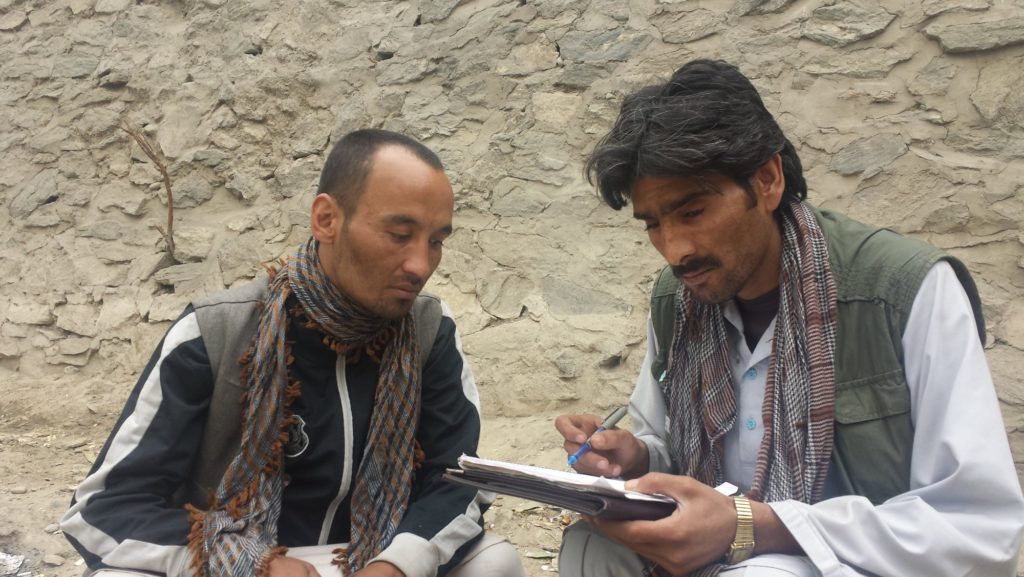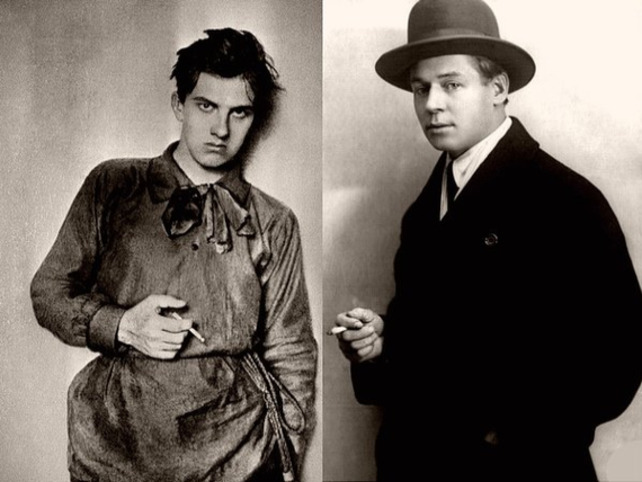This is the second part of the “Drugs, Camera, Action!” article. You can read part one here.
Drug effects: “Once more, with feeling”
Coaching actors and crew members on how to portray the effects of various drugs required a lot of our double-edged expertise. On set, we had to develop a thick skin to let strong-minded directors and famous actors know when they were missing the target in portraying drug effects. We usually covered three key aspects of the drug experience: types of effect (subjective and behavioural), stages of effects (onset, main, residual), and intensity of effects (weak to strong).
While make-up teams are more concerned with how drug effects appear in the face, voice and body, special effects teams are more often concerned with representing how a drug feels subjectively (e.g., hallucinations) – while actors need to know about both. When they all work together to give a full picture of a drug’s effects, an authentic and entertaining portrayal can be achieved.
For instance, when describing the effects of heroin, we would distinguish how they come on almost immediately when injected and after about five minutes when smoked – with the main stage of effects (including the nod/gouch) lasting about an hour, and the residual stage involving declining effects for a few more hours. A ‘period of grace’ of several hours then follows before habitual users have to repeat the dose to prevent withdrawals starting. We also identified how key effects on appearance and behaviour relate to each subjective effect, notably euphoria, sedation and analgesia. Since episode restrictions usually prevent a full depiction of all stages of a drug’s effects, visual effects like fade-outs and fade-ins are often used.
A common conflict was balancing the need to accurately represent the usual intensity of a drug’s effects with the director’s desire to present a memorable, attention-grabbing scene. We sometimes pointed out that a depiction of drug effects in the script was extreme, and directors often responded by asking “but is it possible that the effects would appear this way if the character was a new user or heavy user?” We usually agreed, acknowledging that entertainment is more important than accurately depicting the norm in a TV drama.
For example, when Benedict Cumberbatch asked how Patrick Melrose would exhibit the full-blown effects of a speedball, we pointed out that the effects of the cocaine would be felt first, and advised him to consider falling down into a crucifixion pose while shaking, followed by a switch to a more relaxed and euphoric expression as the effects of the heroin kicked in. He always nailed it.
Another notable example involves withdrawal symptoms. Withdrawals are a well-known risk of dependent use of heroin and alcohol, and their dramatic nature particularly lends itself to dramatic presentations. When a character experiences cold turkey or delirium tremens (DTs) in a drama, there’s a tendency to portray it in its most extreme form, focusing on well-known symptoms (e.g. shaking, sweating and moaning) but neglecting other symptoms which make up the syndrome – like yawning and leg kicking with cold turkey. Some shows err in the opposite direction, by showing the character getting a few sniffles before recovering by the next day.
In Patrick Melrose, Benedict Cumberbatch requested intensive coaching on heroin and alcohol withdrawal symptoms; this shows in his convincing portrayal of the full range of symptoms as they worsen over time (though I was unable to advise him on some issues, like how to avoid farting while portraying DT seizures).
Denouement: “The Martini Shot”
The Martini Shot (denouement) is the last scene of a show or movie – the final part where all scenes and plot strands draw together for the story’s resolution. We have highlighted several pertinent issues about the representation of drug use in TV shows – including artistic, practical and political issues – and will conclude by addressing three salient issues.
First, when looking to support both art and education, we believe TV shows and movies need to mature from earlier misrepresentations of drug use, based on myths and misconceptions, to authentic presentations of how people actually use drugs and how they feel. As with other specialist areas like accents, expert coaching is required to get an accurate portrayal of the ‘real thing.’ The measures of success are high ratings from viewers, good reviews, and awards. Patrick Melrose currently has an IMDb rating of 8.1, winning two BAFTAs in 2019 – for best leading actor and best mini-series.
How far should actors go in trying to achieve an authentic portrayal of drug use and its effects? Some ask us, “do you think I need to try it?”. Clearly, this decision is down to each actor, and as far as we’re aware none of the actors we coached decided to go ‘method’ and try their character’s drug. Indeed, we were surprised by just how many said they had no or very little experience of illicit drugs.
Second, while producers and directors have to prioritize scheduling and cost issues, actors are usually more focused on the quality of their performance. Many actors asked us to be totally honest when giving feedback on their drug-taking scenes, and wanted to retake each scene until we judged it to be an authentic portrayal. This could lead to the production falling behind schedule as scene re-takes piled. On one TV show, the director took us aside and quietly said “Actors are perfectionists. Their desire to do several retakes of a scene can come from a place of anxiety, not always an artistic place. Please don’t fall into the trap of confirming an actor’s anxiety when what they’ve done is good enough. Three retakes should be the max, even if you think marginal improvements are still possible. We have schedules to meet, and the costs are enormous!”.
Like the actors, we were often torn between creative and practical priorities. Though we usually found a happy medium between these conflicting priorities, we sometimes ended up pissing off either the director, the actor – or both! We’re still learning.
Third, we believe the role of drug experts who advise TV productions about scenes of drug use goes beyond the issues of on-screen authenticity and balancing creative and practical goals; we’re responsible for educating TV crews and viewers about drug use and drug policy – notably the harm reduction approach. Many crews were as fascinated by our explosion of key drug myths – e.g., that drugs are not instantly ‘addictive’, that prohibition creates most drug-related harm – as they were by our quirky stories about personal drug experiences. Several crew members asked if we would advise them on the drug problems of a friend or loved one, and we were often able to give specific advice and the contact details of helping agencies.
Lastly, just like the creative awards given for best actor and best director, we would like to see a drug policy reform organisation give awards for the most authentic and artistic depictions of drug use and drug effects in TV shows and movies. Our suggestion for naming the ‘Best Portrayal of Drug Use’ Award is Goldies, named after Frank Sinatra’s classic early portrayal of a heroin injector in The Man with the Golden Arm (1955). For the ‘Special Drug Effects’ Award we suggest Voidies, named after Enter the Void (2010), which contains one of the best ever ‘special effects’ simulations of visual hallucinations (on DMT). However, we don’t expect to see awards for drug use coaches any time soon, but that’s OK because we’re just in it for the buzz.
[No drug users were hurt during the making of these TV shows]


